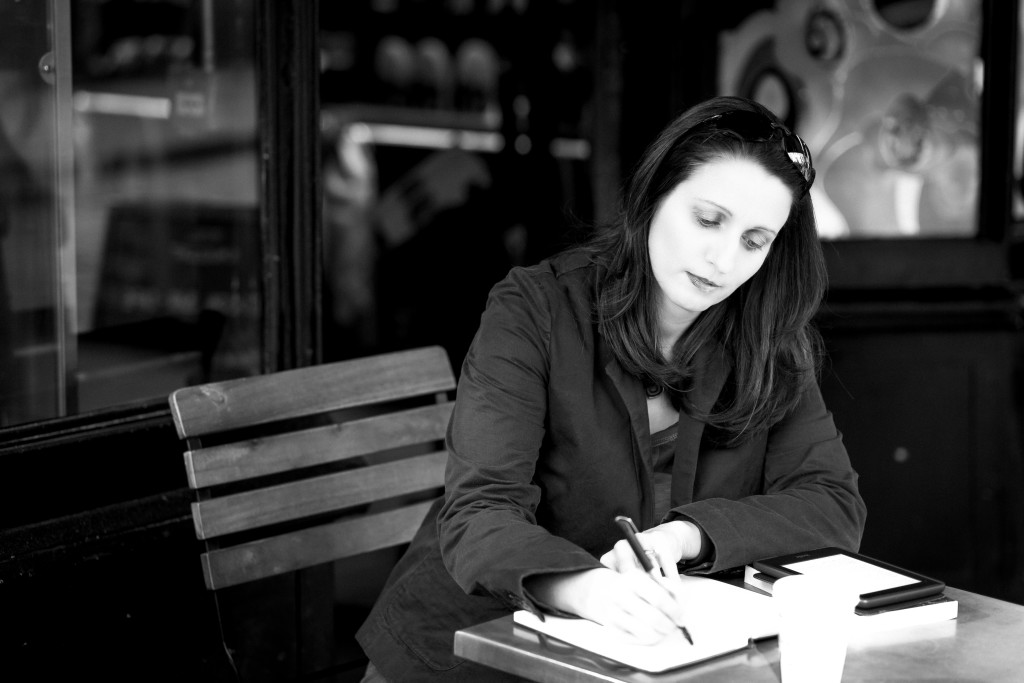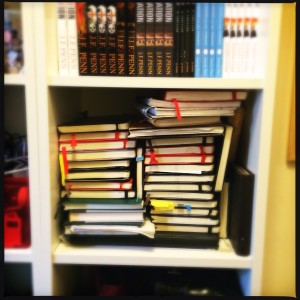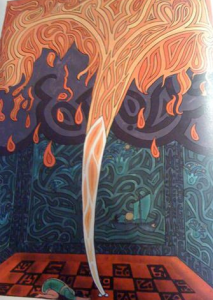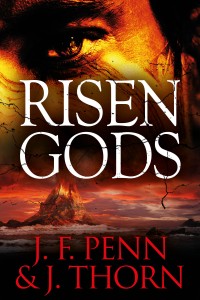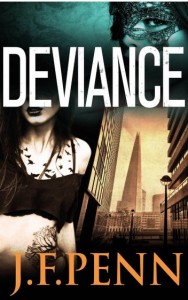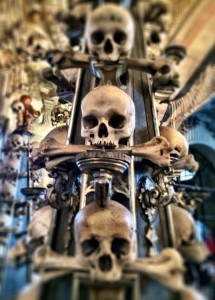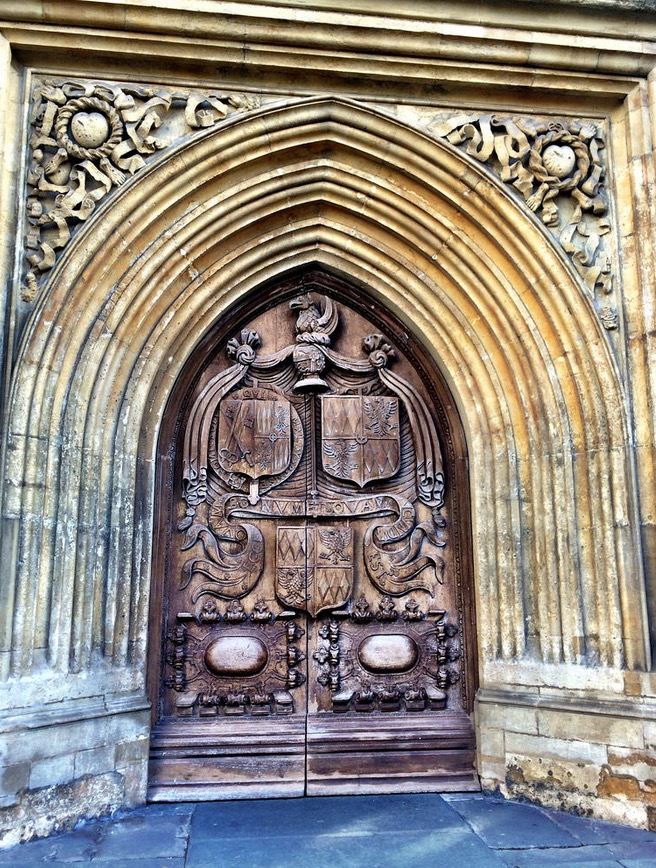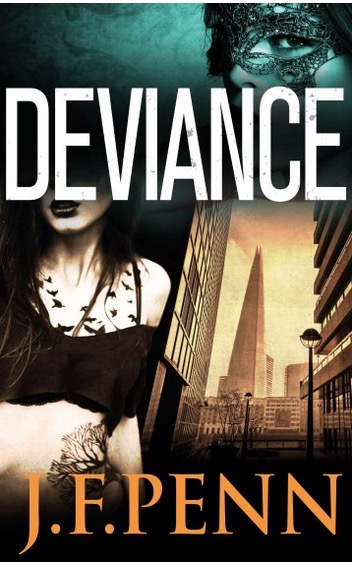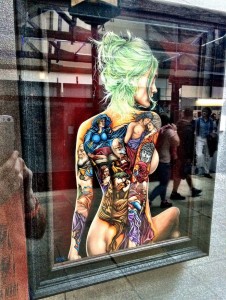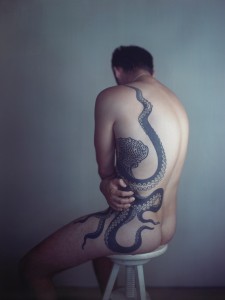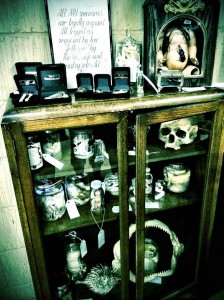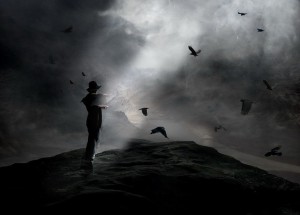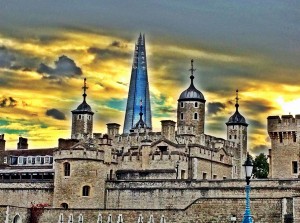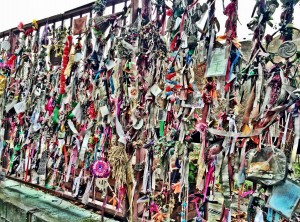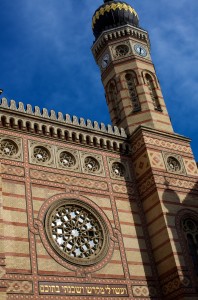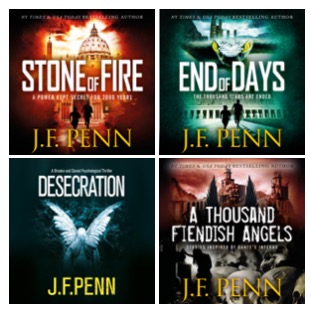In May 2024, I was interviewed for the Ancient Heroes Podcast. You can listen below or on Spotify, Apple, or your favourite podcast app.
In this episode of Ancient Heroes, host Patrick Garvey welcomes award-winning author JF Penn. Known for her thrillers, dark fantasy, crime, horror, and travel memoir, Penn introduces her upcoming novel, Spear of Destiny.
The discussion covers Penn’s background in theology, influences from authors like Clive Cussler and Dan Brown, and her journey from a corporate job to becoming a full-time writer. Penn delves into the research and travel that fuel her novels, sharing insights on the historical and modern elements she incorporates into her stories.
They also discuss the role of Kickstarter in publishing, allowing for special editions and closer reader interaction. The episode is an insightful exploration of combining history, mythology, and thriller writing.
- How Jo got into writing thrillers and some of her inspirations
- The inspiration behind Spear of Destiny
- Book research and travel for writing
- The importance of series in a writing career
- Incorporating modern archaeology
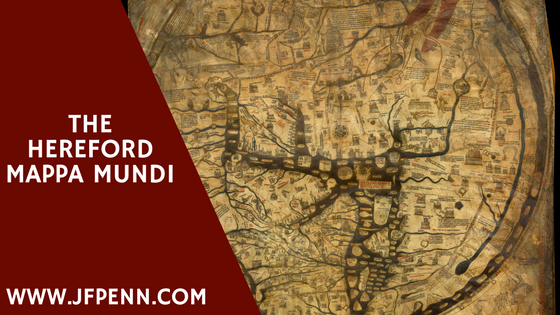 When Sienna and the Mapwalker team need to travel over into the Borderlands to follow in the footsteps of the lost expedition before them, they travel through the
When Sienna and the Mapwalker team need to travel over into the Borderlands to follow in the footsteps of the lost expedition before them, they travel through the 
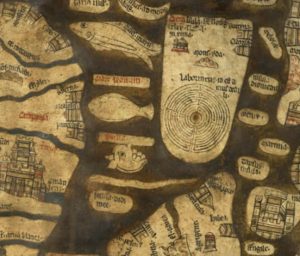
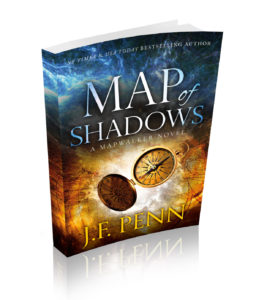




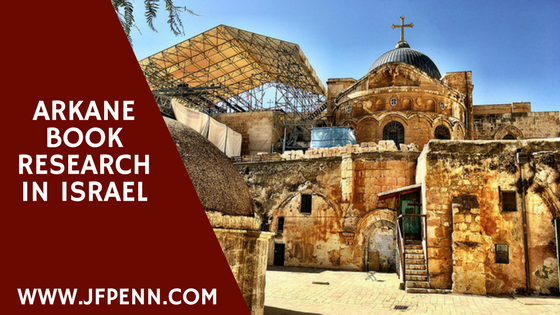

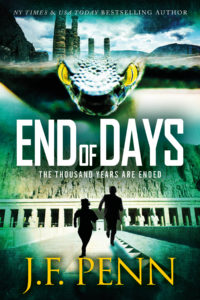

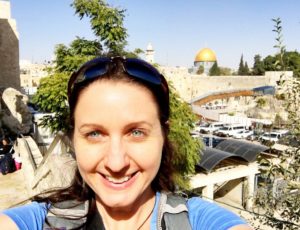
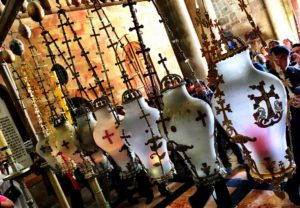

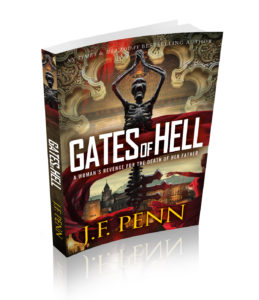 The taxi sped through the city and Morgan gazed out at the streets, busy even at this late hour. Granada sat at the foot of the Sierra Nevada Mountains, and Morgan was thrilled to be back. Her father had brought her many years ago, a teenager keen on discovering more about her roots. Her name came from this area, and her ancestors had roamed these craggy mountains, only an hour from the ocean in the southeast corner of Spain. This was Andalucia; the word conjured its past, the soft fullness of the Arabic Al-Andalus, a melting pot of influences from ancient Greeks, Romans and Byzantines through to Muslims, Sephardic Jews and the Catholic Church that still dominated here.
The taxi sped through the city and Morgan gazed out at the streets, busy even at this late hour. Granada sat at the foot of the Sierra Nevada Mountains, and Morgan was thrilled to be back. Her father had brought her many years ago, a teenager keen on discovering more about her roots. Her name came from this area, and her ancestors had roamed these craggy mountains, only an hour from the ocean in the southeast corner of Spain. This was Andalucia; the word conjured its past, the soft fullness of the Arabic Al-Andalus, a melting pot of influences from ancient Greeks, Romans and Byzantines through to Muslims, Sephardic Jews and the Catholic Church that still dominated here.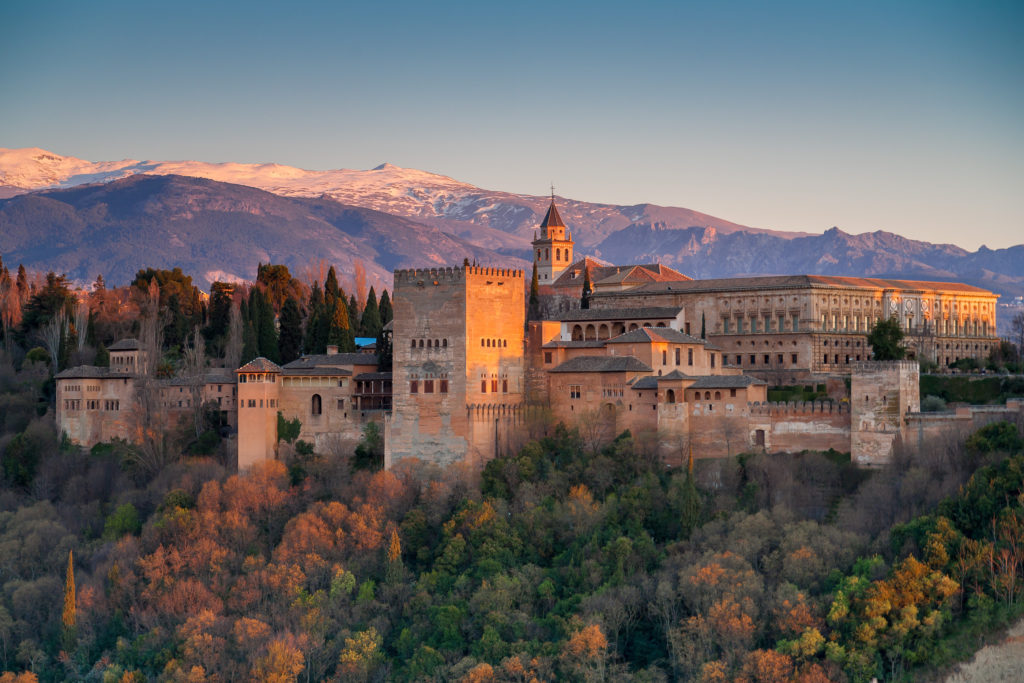
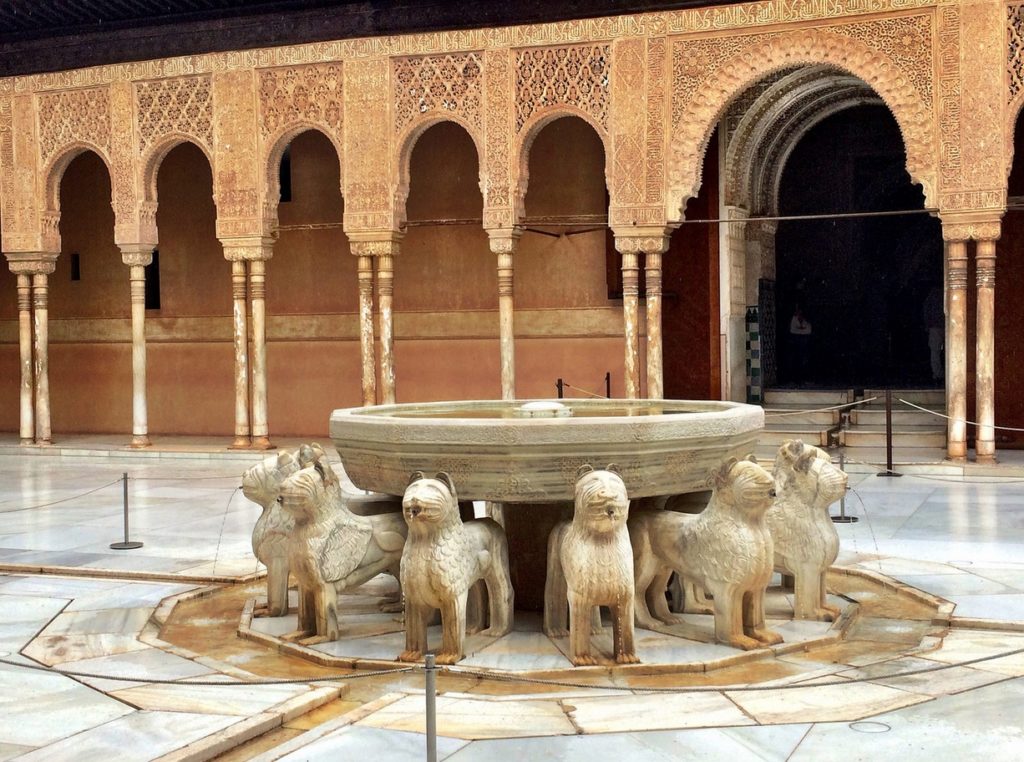 They reached the Court of the Lions, surrounded by the stunning arabesque architecture of the ancient Moorish kingdom. Slim pillars in cool ivory-colored marble led towards soaring archways intricately designed with filigree geometric shapes and Arabic calligraphy. The overwhelming sensation was light and delicate, as if the stone palace was constructed of magically spun air.
They reached the Court of the Lions, surrounded by the stunning arabesque architecture of the ancient Moorish kingdom. Slim pillars in cool ivory-colored marble led towards soaring archways intricately designed with filigree geometric shapes and Arabic calligraphy. The overwhelming sensation was light and delicate, as if the stone palace was constructed of magically spun air.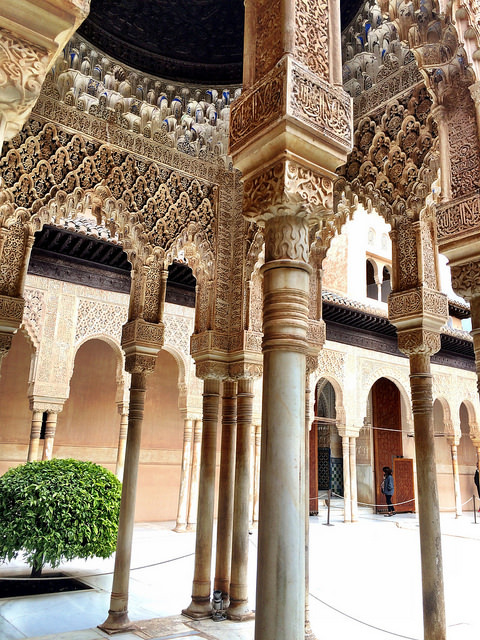
 She held the pose as the noise died down, waiting for quiet again. She turned and gestured to the guitar player, and Morgan caught the look that sparked between them, recognizing an intimate knowledge. This was Sofia's boyfriend, perhaps the cause of the rift with her family. He had the look of a Moroccan-Spanish Arab, his long dark hair worn loose about his face – a Muslim, perhaps, or a gitano, a man Santiago may have considered beneath his pure-blood Jewish granddaughter. The young man began to pluck the strings and one of the other men from the group stepped forward to dance with Sofia, stamping with fast heels.
She held the pose as the noise died down, waiting for quiet again. She turned and gestured to the guitar player, and Morgan caught the look that sparked between them, recognizing an intimate knowledge. This was Sofia's boyfriend, perhaps the cause of the rift with her family. He had the look of a Moroccan-Spanish Arab, his long dark hair worn loose about his face – a Muslim, perhaps, or a gitano, a man Santiago may have considered beneath his pure-blood Jewish granddaughter. The young man began to pluck the strings and one of the other men from the group stepped forward to dance with Sofia, stamping with fast heels. She tensed at his entrance, aware of the imminent danger Sofia was in, but perhaps this man was just a member of the troupe, a plant for dramatic effect.
She tensed at his entrance, aware of the imminent danger Sofia was in, but perhaps this man was just a member of the troupe, a plant for dramatic effect.
